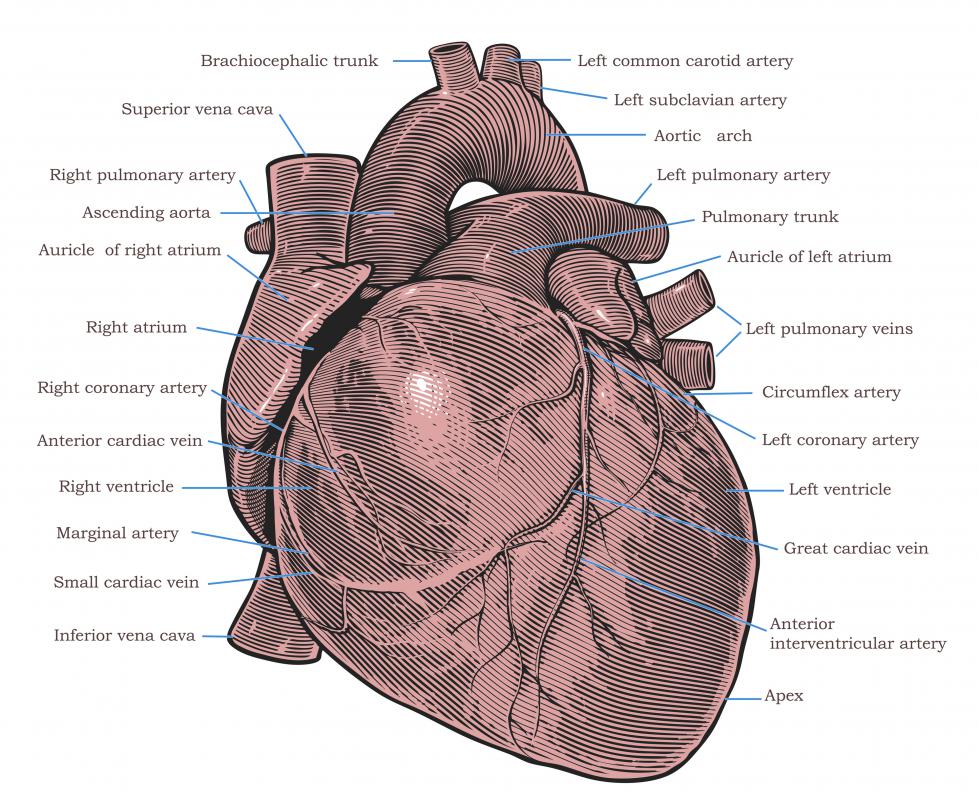At TheHealthBoard, we're committed to delivering accurate, trustworthy information. Our expert-authored content is rigorously fact-checked and sourced from credible authorities. Discover how we uphold the highest standards in providing you with reliable knowledge.
What is Scleroderma?
Sometimes referred to as a single disease, scleroderma is also a symptom of diseases that affect the connective tissues which support the skin and internal organs. Literally, scleroderma means hardening of the skin, but in some cases, it affects blood vessels and organs such as the heart, lungs and kidneys. This chronic condition most commonly occurs in those 30-50 years of age and tends to affect more women than men. The specific cause is unknown. However, those diagnosed with scleroderma have excess collagen, a protein, which causes thickening and hardening.
The many symptoms of scleroderma can include the following changes in the skin:
- Hardening, tightening or thickening
- Change in color
- A shiny appearance
- Loss of hair on afflicted areas
- Reduction of skin creases

Other possible symptoms include swelling and ulcers on the fingers or toes. Some scleroderma patients have difficulty tightening their hands into a fist and may also experience muscle weakness or arthritis. Kidney, heart, lung or digestive problems may also occur.
Treatment options include medications such as NSAIDS or other anti-inflammatory drugs, steroids, antacids and medications that increase blood flow. Non-drug options include exercise and stress management. Joint and skin protection is important.

Two types of scleroderma exist: localized and generalized. Localized scleroderma can cause hard patches on the skin or streaks of thickened skin on various areas of the body. Generalized scleroderma affects many areas of the body and is either limited or diffuse. The limited type initially affects the skin and may gradually affect the esophagus, lungs, intestines or other organs. Diffuse scleroderma occurs quite rapidly, causing the skin to thicken throughout the body, and may also affect internal organs.

Scleroderma relates to rheumatic diseases as well as connective tissue diseases. Conditions related to rheumatic diseases include inflammation or pain in the joints, muscles or fibrous tissues. Connective tissue diseases affect the skin, tendons and bones.
Related disorders include Sjogren's syndrome and Raynaud's phenomenon. Sjogren's syndrome is a connective tissue disorder which, among other symptoms, causes dryness of the eyes and mouth. Raynaud's phenomenon is a disorder that causes the blood vessels in the fingers and toes to constrict, usually due to exposure to cold or stress. The phenomenon results in discoloration, numbness and/or throbbing of the affected areas.
AS FEATURED ON:
AS FEATURED ON:

















Discuss this Article
Post your comments